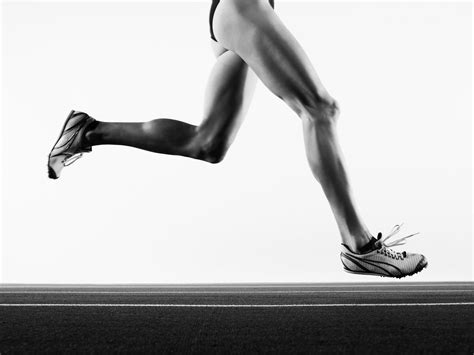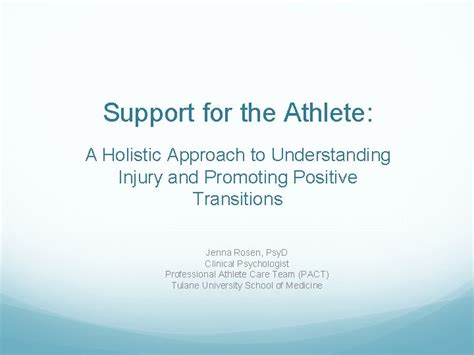Optimize post-workout recovery for sustained peak performance?

Unlock Your Full Potential: Mastering Post-Workout Recovery
In the relentless pursuit of peak physical performance, many focus intently on their training regimens, pushing limits and striving for new personal bests. However, the secret weapon for sustained progress, injury prevention, and consistent improvement often lies not in the workout itself, but in the hours and days that follow. Effective post-workout recovery is the cornerstone of athletic longevity, allowing the body to repair, adapt, and grow stronger. Neglecting recovery is akin to driving a high-performance car without regular maintenance – eventually, something will break down. This article delves into the critical strategies for optimizing your recovery, ensuring you can consistently perform at your best.

The Pillars of Effective Recovery
Recovery isn’t a singular event; it’s a multifaceted process involving several key physiological and lifestyle components. Mastering each pillar will significantly accelerate your ability to bounce back stronger.
Nutritional Replenishment: Fueling Repair and Growth
What you eat after a workout directly impacts your body’s ability to recover. The goal is to replenish depleted energy stores and provide the building blocks for muscle repair.
- Carbohydrates: Glycogen stores are significantly depleted during intense exercise. Consuming fast-digesting carbohydrates (e.g., fruits, whole grains, sports drinks) within 30-60 minutes post-workout kickstarts glycogen resynthesis. Aim for a 2:1 or 3:1 carb-to-protein ratio depending on intensity.
- Protein: Essential for muscle protein synthesis (MPS) and repairing muscle tissue micro-tears. Aim for 20-40 grams of high-quality protein (e.g., lean meats, dairy, plant-based proteins) immediately after training and throughout the day.
- Fats and Micronutrients: Don’t overlook healthy fats for hormone production and inflammation management, and a wide array of vitamins and minerals for overall bodily function and antioxidant support.

Hydration is Key: Rebalancing Your System
Dehydration can significantly impair recovery and subsequent performance. Sweating during exercise leads to fluid and electrolyte loss that must be replenished.
- Water: Drink plenty of water throughout the day, especially before, during, and after workouts. A good rule of thumb is to drink 16-24 ounces of fluid for every pound of body weight lost during exercise.
- Electrolytes: For longer or more intense sessions, consider beverages containing electrolytes (sodium, potassium) to aid rehydration and nerve function.
The Power of Sleep: Nature’s Ultimate Recovery Tool
Sleep is arguably the most critical component of recovery. During deep sleep, your body releases growth hormone, which is vital for muscle repair and growth, and performs essential restorative processes.
- Quantity: Aim for 7-9 hours of quality sleep per night. Athletes, especially during intense training blocks, may need more.
- Quality: Optimize your sleep environment: cool, dark, quiet. Establish a consistent sleep schedule and limit screen time before bed.

Active Recovery and Mobility Strategies
While rest is crucial, complete inactivity isn’t always the best approach. Active recovery and mobility work can help reduce muscle soreness, improve blood flow, and maintain range of motion.
Gentle Movement: Facilitating Blood Flow
Light activities can aid in flushing metabolic waste products and delivering nutrient-rich blood to tired muscles.
- Low-intensity cardio: A 20-30 minute walk, light cycling, or swimming can be highly beneficial on rest days.
- Dynamic stretching: Gentle movements that take your joints through their full range of motion can prepare muscles for subsequent activity or aid in cool-down.
Stretching and Myofascial Release: Restoring Flexibility
Addressing muscle tightness and knots can prevent imbalances and reduce the risk of injury.
- Static stretching: Hold stretches for 20-30 seconds to improve flexibility and reduce muscle stiffness. Best done when muscles are warm.
- Foam rolling/Self-myofascial release: Use a foam roller or massage ball to apply pressure to tight spots, breaking up adhesions and improving blood flow to connective tissues.

Lifestyle Factors for Sustained Performance
Beyond the immediate post-workout window, holistic lifestyle choices play a significant role in long-term recovery and performance.
Stress Management: The Unseen Recovery Hurdle
Chronic stress, whether physical or psychological, elevates cortisol levels, which can hinder recovery, impair immune function, and interfere with sleep.
- Mindfulness & Meditation: Practices like meditation, deep breathing, or yoga can significantly reduce stress.
- Hobbies & Social Connections: Engage in activities that bring joy and relaxation to counterbalance training demands.
Listening to Your Body: The Art of Periodization
Ignoring signals of overtraining is a recipe for burnout and injury. Learning to interpret your body’s cues is paramount.
- Deload weeks: Periodically reduce training volume and intensity to allow your body to fully recover and adapt.
- Active rest: Take complete days off when needed, or engage in very light, enjoyable movement.

Conclusion
Optimizing post-workout recovery isn’t a luxury; it’s a necessity for anyone serious about achieving sustained peak performance. By meticulously addressing nutritional needs, prioritizing quality sleep, incorporating active recovery, and managing overall lifestyle stress, you empower your body to not only repair and rebuild but to emerge stronger and more resilient with each session. Embrace recovery as an integral part of your training, and you’ll unlock new levels of performance and longevity in your fitness journey.









